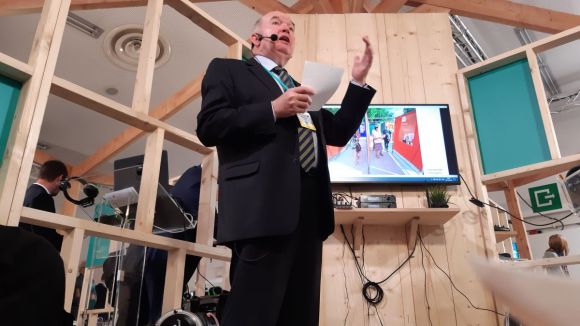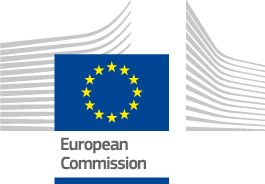
„Stop Brussels”. That is one of the most known political messages of the current Hungarian government. It could be heard on the radio, seen on the television, and read all around the country on billboards. The main political force in Budapest wants to show that the country is independent, and the Hungarian leaders don’t need anyone to tell them what to do. In the meantime, Hungary is very well dependent on the European cohesion policy. And the government needs these EU funds too: the continuous development of the country serves them well when it comes to convince people to vote for them.
This situation looks contradictory, and it is. And, of course, the problem doesn’t stop at member states’ borders. That is one of the reasons why the European Union must communicate its results better, especially in Central and Eastern Europe. But how it is possible? This was the main question at one of the events of the European Week of Regions and Cities, Communicating Cohesion Policy in Central-Eastern Europe.
We shouldn’t be afraid of talking to people
„The EU is not very good at communicating its achievements” – one of the speakers, Miklós Barabás, head of the European House in Budapest told me after the event. One reason is the wording of its publications – the EU jargon is simply not suitable to catch people’s interest. But citizens need to know what happens to their money, so we need some new ways to communicate, we must organize face to face meetings with the average citizen – continued Barabás. The European House created a so-called Europe Labyrinth, and they took it to five member states in the region. This information project was aimed to raise awareness and understanding on the achievements of the EU’s Cohesion Policy, through an interesting way. People literally had to find their way out of the labyrinth, and meanwhile they received information on the programmes.
One for all, all for a united Europe
Direct connection with the European citizens was also the focus of a different project introduced during the event, EuroDemos. This initiative looked for the most crowded place in eight counties of Northern Romania, and then occupied it. They organized flashmobs and created mobile cafés where people could sit for a drink and receive information about the achievements of cohesion policy in their region. They believe that all people should join their forces for a united Europe, and information is the key to achieve this goal. That’s why they even advertised their programme on billboards in the participating cities.
These are just two examples of bottom-up initiatives trying to educate European citizens on the benefits of cohesion policy. Whether these approaches would eventually reach critical mass, Barabás can only hope. „In the meantime, all we have to do is to use the money EU provided for communication the best way possible” – he added.
Written by: Ádám Magyar (Hungary)
Edited by: Iskra Tsankova (Bulgaria)



